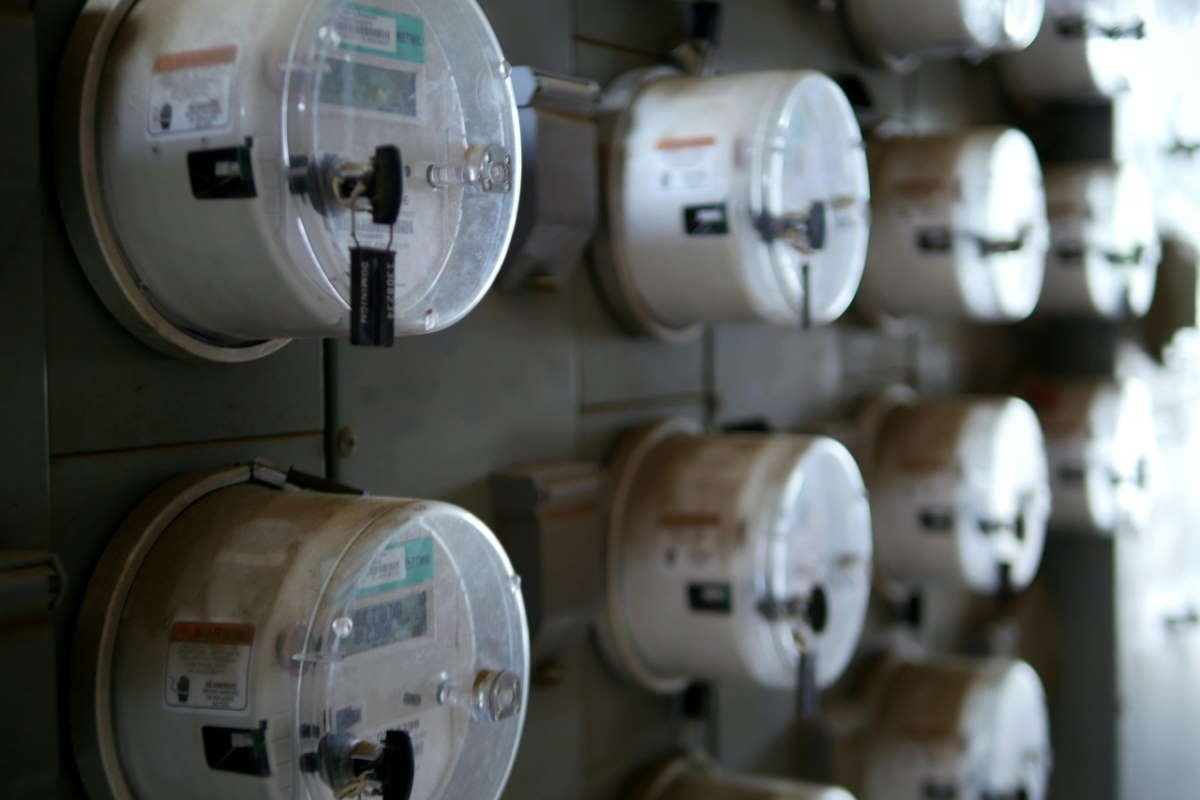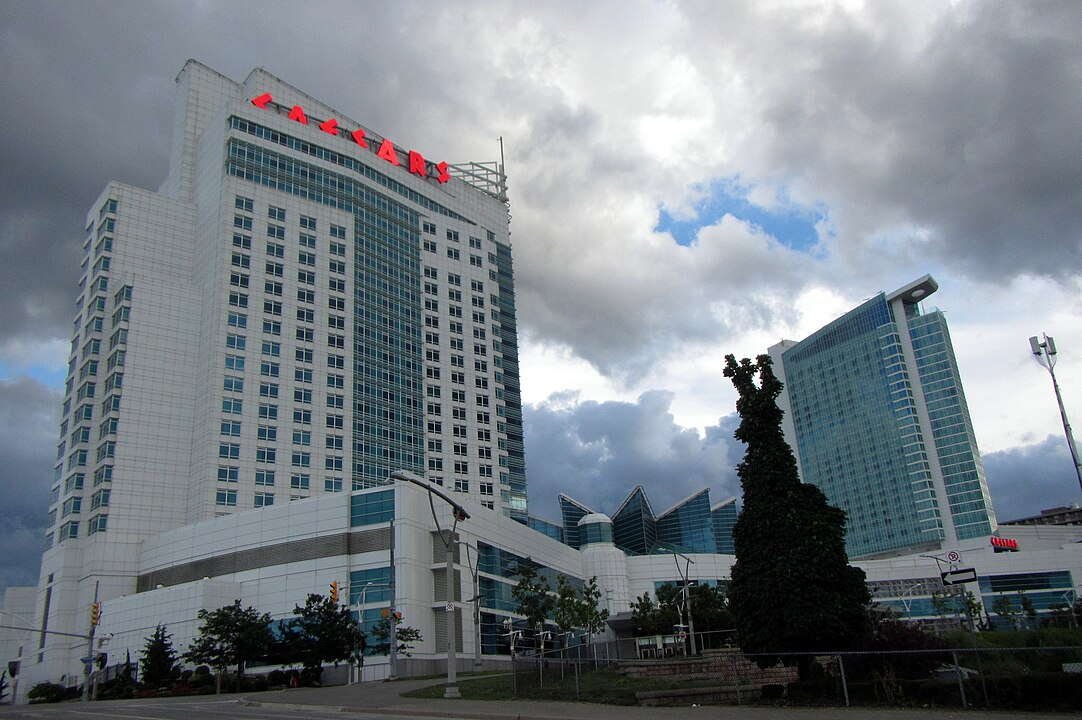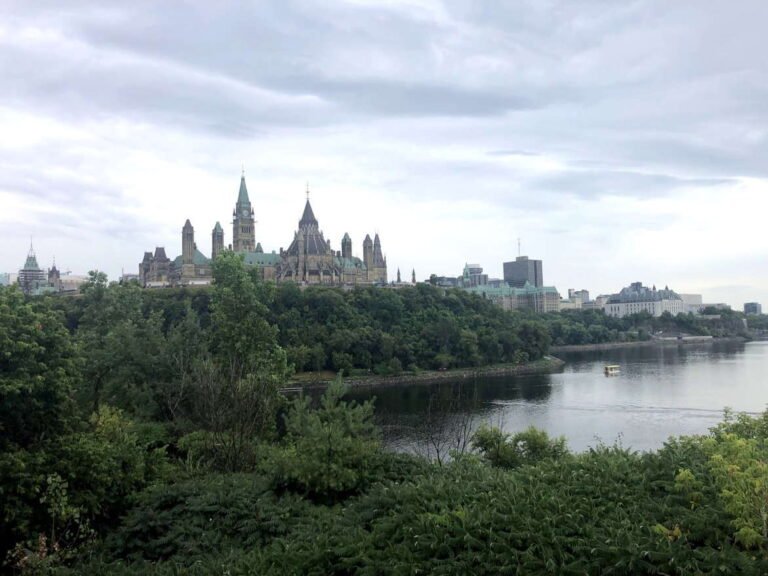Comprehensive Home Inspection Checklist: Top 20 Elements to Check
Purchasing a home is one of the most significant decisions you’ll make in your lifetime, and it’s essential to approach it with both excitement and diligence. Part of this diligence is the crucial step of home inspection.
This comprehensive home inspection checklist is designed to arm you with knowledge and insights, ensuring that your dream home doesn’t turn into an unexpected nightmare.
The importance of thoroughly inspecting a home cannot be understated; it’s a proactive measure to uncover potential issues ranging from foundational stability to window efficiency. By examining these 20 critical elements, you safeguard against unforeseen repairs and ensure the home meets your standards.

Whether you’re a first-time buyer or a seasoned homeowner, this guide will help navigate you through the complex process of buying a home in Ontario, making it an enjoyable and informed journey.
However, if you find yourself lacking the time, skills, or specific knowledge, enlisting the services of a professional home inspector is a wise option. They can provide expertise and peace of mind, ensuring no stone is left unturned.
Home Inspection Checklist
- Foundation Integrity
- Water Damage and Mold
- Brickwork and Chimney check
- Decks and Porches
- Electrical System & Internet
- Flooring Condition
- Insulation Quality
- Parking Availability
- Plumbing System
- Roof Condition
- Sewage and Drainage
- Gutters and Downspouts
- Window Efficiency
- Landscaping and Exterior
- Pest and Insect Inspection
- Home Appliances
- Interior Paint and Wall Condition
- HVAC System
- Smoke and Carbon Monoxide Detectors
- Zoning and Future Development
Inspect Foundation Integrity
Examine the foundation for cracks or shifts, as repairs can be costly, ranging from $1,000 to over $10,000. Foundation issues can lead to serious structural problems. Look for cracks wider than 1/4 inch, especially horizontal cracks, which are more concerning.
Check for Water Damage and Mold
Inspecting for water damage and mold, particularly in basements and bathrooms, is a critical component of any home inspection checklist. The costs for remediation of mold can range from $1,500 to over $5,000, with more extensive damage incurring higher expenses. Key indicators to watch for include discoloration, musty odors, and water stains.
This is particularly crucial in homes equipped with sump pumps. When I purchased my house, we inspected the sump pump pit and found it full of water, a clear indication that the device was nearing failure. After replacing it, the system was ok for several years.
However, it’s worth noting that the concept of having a sump pump indoors-essentially bringing outside water in to then pump it out—can be problematic. This design has led to numerous flooded homes in recent years. Therefore, the condition of your basement relies heavily on the functionality of this relatively inexpensive pump. Moreover, in the event of a power outage and without a backup system, you could be facing a significantly expensive problem.
Brickwork and Chimney Check
Examine the brickwork closely, particularly around the chimney. Signs of deterioration, such as chipping, crumbling bricks, or deteriorating mortar, suggest potential structural issues. The cost of repairing brickwork varies widely, but chimney repairs specifically can range from $150 for minor fixes to over $5,000 for major reconstructions. Look for water damage or efflorescence (white salt deposits), which indicate moisture issues.
Decks and Porches
Check for rotting wood, structural damage, or splintering, even under a fresh coat of paint. Repair costs vary, typically between $500 and $2,600, but can escalate for extensive damage. Pay attention to stability and whether the deck is level, as sloping can indicate foundational or soil issues.
Electrical System and Internet
For older homes, ensure the electrical system is updated. A 200-amp panel is ideal for modern usage, while 60 or 100-amp panels may be inadequate and require upgrading. Full rewiring can be a significant expense. Look for signs like frequent tripping of circuit breakers or flickering lights.
Also, test the internet and cell phone reception in various parts of the home.
Flooring Condition
Inspect the floors, especially hardwood, for signs of wear, scratches, or damage. Refinishing costs typically range from $3 to $8 per square foot, with the total cost depending on the floor area and the type of wood. Uneven floors can indicate foundational issues, so it’s important to check for levelness.
Insulation Quality
Assess insulation, particularly in older homes. Inadequate insulation leads to higher heating costs. Adding insulation costs between $1,000 and $3,000 (Ottawa) but can reduce heating and cooling costs by up to 15%. Check the attic and walls for insulation levels and type.
Parking Availability
Evaluate parking options, especially in urban areas. Adding a driveway can cost several thousand dollars while obtaining a parking permit depends on city regulations. The lack of parking can impact the home’s value and daily convenience.
Plumbing System
Inspect plumbing for material type and condition. Lead pipes indicate a need for future upgrades, costing between $500 and over $2,600, but depends on the project size. Check for leaks, water pressure issues, and potential signs of corrosion or damage.
Also, check the status of your water heater. If it is nearing the end of its lifespan, consider exploring options such as renting a new unit or purchasing a replacement with monthly installments. These alternatives can help you manage the financial burden more easily and ensure a continuous, efficient hot water supply in your home.
Roof Condition
Inspecting the roof is another vital element of any home inspection checklist, given its significant role in the overall integrity and safety of a home. Roofs are generally designed to last between 20 to 25 years, but this lifespan can vary based on factors such as material quality, weather conditions, and maintenance. The cost of replacing a 2000 sq ft roof typically ranges from $10,000 to $15,000, depending on the size of the house and the materials used.
When examining the roof, it’s important to look for signs that could indicate wear or damage. Missing shingles are a clear sign of deterioration, and they can lead to leaks and further damage if not addressed.
Additionally, inspect for any signs of water damage in the attic, such as water stains or a musty smell, which can indicate leakage. It’s also advisable to check for any sagging areas or signs of structural damage, as these can be indicators of a more serious underlying issue.
Sewage and Drainage
Hire a professional to check the sewer system and drainage. Costs for inspection range between $250 and $500. An outdated sewage system can lead to significant repair costs and impact the home’s plumbing system.
Gutters and Downspouts
It is essential to thoroughly inspect the gutters and downspouts of a home to ensure they are in optimal condition. Verify that they are securely attached and not showing signs of detachment or damage. The gutters should be free of debris, such as leaves and twigs, which can cause blockages and impede water flow. Properly functioning gutters and downspouts are crucial for effectively directing rainwater away from the home’s foundation, preventing potential water damage.
Also, check for any signs of rust or corrosion, which could indicate the need for repair or replacement. During rainy weather, observe if the water is being channeled correctly through the gutters and downspouts and not overflowing, as this could lead to water infiltration issues in the basement or the home’s foundation. Regular maintenance of gutters and downspouts is a simple yet vital task to safeguard your home from water-related issues.
Window Efficiency
Single-pane windows in older homes often require upgrading. Replacing windows can cost around $650 per window but improve energy efficiency, potentially saving a few hundred dollars annually in heating and cooling costs.
Landscaping and Exterior
Check landscaping for proper drainage and maintenance. Poor landscaping can lead to water damage and foundation issues. If your home lacks proper drainage, such as channels directing water away from the house, your sump pump may have to work overtime. This extra strain can lead to more frequent problems and a shorter lifespan for the pump. Assess trees for potential hazards to the house.
Pest and Insect Inspection
Be vigilant for signs of pests or insects, as infestations can be costly to eradicate. Termite inspections, for example, cost between $50 and $280, but untreated infestations can lead to thousands in damage.
Home Appliances
Assess the age and condition of included appliances. Replacing appliances like refrigerators or ovens can cost from $400 to $8,000. Energy-efficient appliances can save on utility bills in the long term.
Interior Paint and Wall Condition
Examine the condition of the interior paint and walls. In older homes, check for lead-based paint, which is hazardous and expensive to remove. Cracks or bulges in walls can indicate structural issues.
HVAC System
Check the HVAC system’s age and functionality. A new system costs between $5,000 and $10,000 but is essential for comfort and energy efficiency. Look for signs of poor maintenance, like unusual noises or uneven heating/cooling.
In Canada, the choice between natural gas, oil, or electric heating impacts long-term utility costs. An inefficient or old heating system can increase energy bills substantially.
If it’s time to replace your HVAC system, we recommend opting for high-efficiency devices as they can offer considerable savings over time. Additionally, the government provides attractive incentives for such upgrades. These incentives not only make the initial investment more manageable but also contribute to long-term energy efficiency and cost reduction in your home.
Smoke and Carbon Monoxide Detectors
Ensure the presence and functionality of smoke and carbon monoxide detectors. This is a low-cost but vital safety feature. Replacing detectors is inexpensive but crucial for home safety.
Zoning and Future Development
Research local zoning laws and planned developments, as they can affect the property’s future value and your quality of life. Changes in zoning or new developments can impact traffic, noise levels, and neighborhood dynamics.
Conclusion
By meticulously examining each of the 20 key elements outlined in this home inspection checklist, from the integrity of the brickwork to the efficiency of the heating system, you’re not just investing in a property; you’re ensuring peace of mind and securing your future.
This carefully crafted checklist is your ally in identifying potential issues that might turn costly down the line, empowering you to make informed decisions.
Remember, while some imperfections can be charming, others might be costly. Thus, it’s always wise to seek professional assistance for a thorough evaluation.
Related Articles
-

How Much Are Utilities in Canada?
If you’re immigrating or already living in Canada, understanding utilities and their costs is important for managing your finances comfortably.… Read more
-

Moving to Toronto
Moving to Toronto is an exciting choice, as Canada’s largest and most diverse city offers a lot. People move to… Read more
-

Where to Stay in Windsor, Ontario: A Guide to Hotels, Motels, Bed & Breakfasts, and Campgrounds
If you are wondering where to stay in Windsor, Ontario, you’ll be happy to know there is a wide variety… Read more






